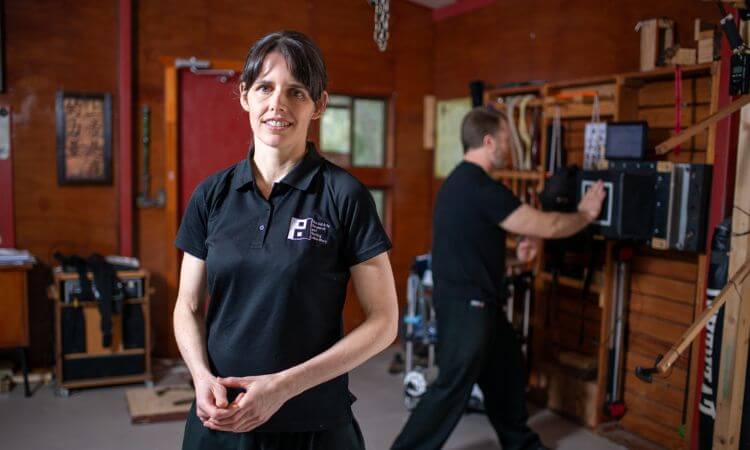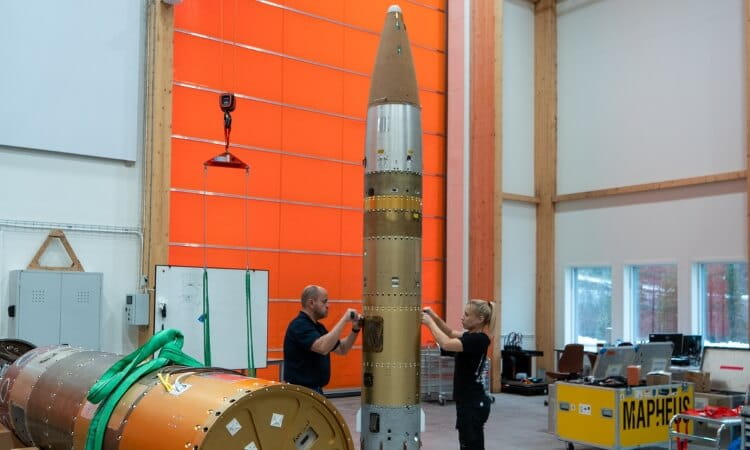Martial arts, one of humanity’s oldest traditions and sports, could be the military's first line of defence against back pain and injury.
That's what University of Southern Queensland (UniSQ) PhD student Sherrilyn Walters hopes to uncover as she investigates the effects of martial arts-based training during heavy load carriage.
Soldiers must carry heavy loads for extended periods during military tasks, which can lead to an increased risk of injury and negatively impact physical and tactical performance.
Thanks to a Queensland Defence Science Alliance (QDSA) grant, Mrs Walters, a martial arts instructor, is evaluating a 12-week training program tailored to Defence.
The program was developed by the Martial Arts Research and Testing Laboratory, a University of Southern Queensland-certified external research site founded by Mrs Walters and her husband Lester.
"We are investigating the direct effects of a single session of martial arts-based training that has been specifically developed to address problems experienced by military personnel when carrying heavy loads on their backs and torso," Mrs Walters said.
"We will assess changes in spinal compression, load carriage performance, task and combat-related force production, stability, pressures within the abdomen and diaphragm muscle function.
"The QDSA grant allows us to evaluate and refine a 12-week program that will incorporate specifically designed martial arts-based exercises like breath control, integral to martial arts, novel training equipment and research-based instruction methods."
Martial arts experts are known for their powerful punches and kicks, but perhaps just as impressive is their ability to withstand massive blows to the body and keep fighting.
Mrs Walters' previous research found that trained martial artists had a greater ability to use the muscles and internal pressures to support the spine and generate force during tasks involving pushing and stabilising the body than non-martial artists.
These results motivated her to investigate whether this could be taught to people who frequently haul heavy loads, like soldiers, in a short time and how this training affects the spine and load carriage specifically.
According to the Australian Institute of Health and Welfare, more than 600 Defence Force members are medically discharged due to injury each year. Many of these injuries are a result of load carriage tasks.
Mrs Walters said the training program would provide a simple, cost-effective method to reduce injury and improve military personnel performance.
"Many solutions to reducing the risks of fatigue and injury associated with heavy load carriage have been investigated, but very few have been successfully implemented and many are extremely costly," she said.
"We strongly believe a martial arts-inspired training program could help reduce fatigue and injuries, improve the quality of life for many soldiers and enhance strength and stability for success in combat.
"It could also benefit emergency service workers such as firefighters, specialist police officers and paramedics who are often required to carry heavy loads during training and operations."



